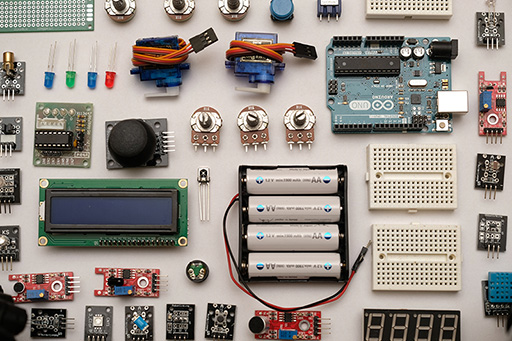7 Complexity and development
Thinking in terms of global development requires dealing with the interconnections and interrelationships between a diverse range of individuals, groups and institutions at a world-wide scale. Poverty, hunger, inequality, injustice, and environmental degradation are all interlinked issues that impact on the health and well-being of many people, and transverse national boundaries. They entail processes that are global in nature, linking many if not all countries around the world, and it is not easy to untangle cause and effect. The reasons for the war in Ukraine in 2022 are linked to its present and past history, to that of neighbouring countries, as well as to that of global politics. The impacts are felt globally. Political alignments change as some countries feel threatened by Russia’s actions. Food supplies, especially that of wheat, are affected and prices rise globally due to the interdependence of food supply and economic systems, with the result that poorer countries will suffer most. The dynamic of the present struggles will merge into that history to create new narratives and provide potential drivers of future conflicts.
Even well-intentioned interventions in the lives of others can have unplanned and unintended consequences, even to the extent that the expected benefits of the intervention are not achieved, or worse, the intervention causes negative impacts. The provision of food aid may have mixed effects providing much-needed nourishment to people in times of crisis, yet also undermining local systems of food production and sale. This indicates that the situation is a somewhat more involved and complex one than anticipated.
What are some approaches to understanding the complexity of these global issues? Systems Thinking (ST) offers a critical framework through which to think about issues with many moving parts. The concept of a wicked problem is used to refer to complex situations that give rise to issues of concern. Global issues have all the characteristics of wicked problems.
Such characteristics are that the problems
- involve a wide and diverse range of actors who are interconnected in diverse ways
- involve multiple and partial perspectives
- generate disagreement as to what constitutes a solution because the root causes are unclear
- encompass a wide range of issues that are not easily contained within defined boundaries, and which can reveal a ‘chaotic’ mix of interrelations
- may be tackled using intervention strategies that have unintended harmful consequences.
ST refers to the traditions and disciplines in which theories, models and techniques relevant to working with complex interconnected situations have been debated and developed. However, it is essentially about a way of thinking and of seeing the world, and of developing skills to work with complexity.
ST skills include
- Exploring boundaries: Evaluate who and what has been included in and excluded from any analysis of a situation, and why.
- Appreciating multiple perspectives: Understand the different ways in which actors perceive issues and relate to them.
- Understanding relationships: Map and explore the multiple networks of interconnections that exist between actors and factors within and across systems.
- Thinking in terms of systems themselves: The whole cannot be fully appreciated from the sum of its parts.
(Midgley 2014)
The language of ST speaks of emergence, improvement, and possibilities. It recognises that the parts can never capture the properties, the magic of the whole. Take a computer apart. You can know the function of every part but unless combined in a certain way, no picture will emerge on your computer screen. You cannot have the picture without the complex interplay of the parts – it doesn’t exist outside of them. Movement is a property observed in living and non-living things. You can measure movement and try to define it, yet you cannot hold it in your hand and say exactly what it is made of. It has emerged from a source of energy interacting with a physical entity such as a machine or a body, itself made up of many parts.

